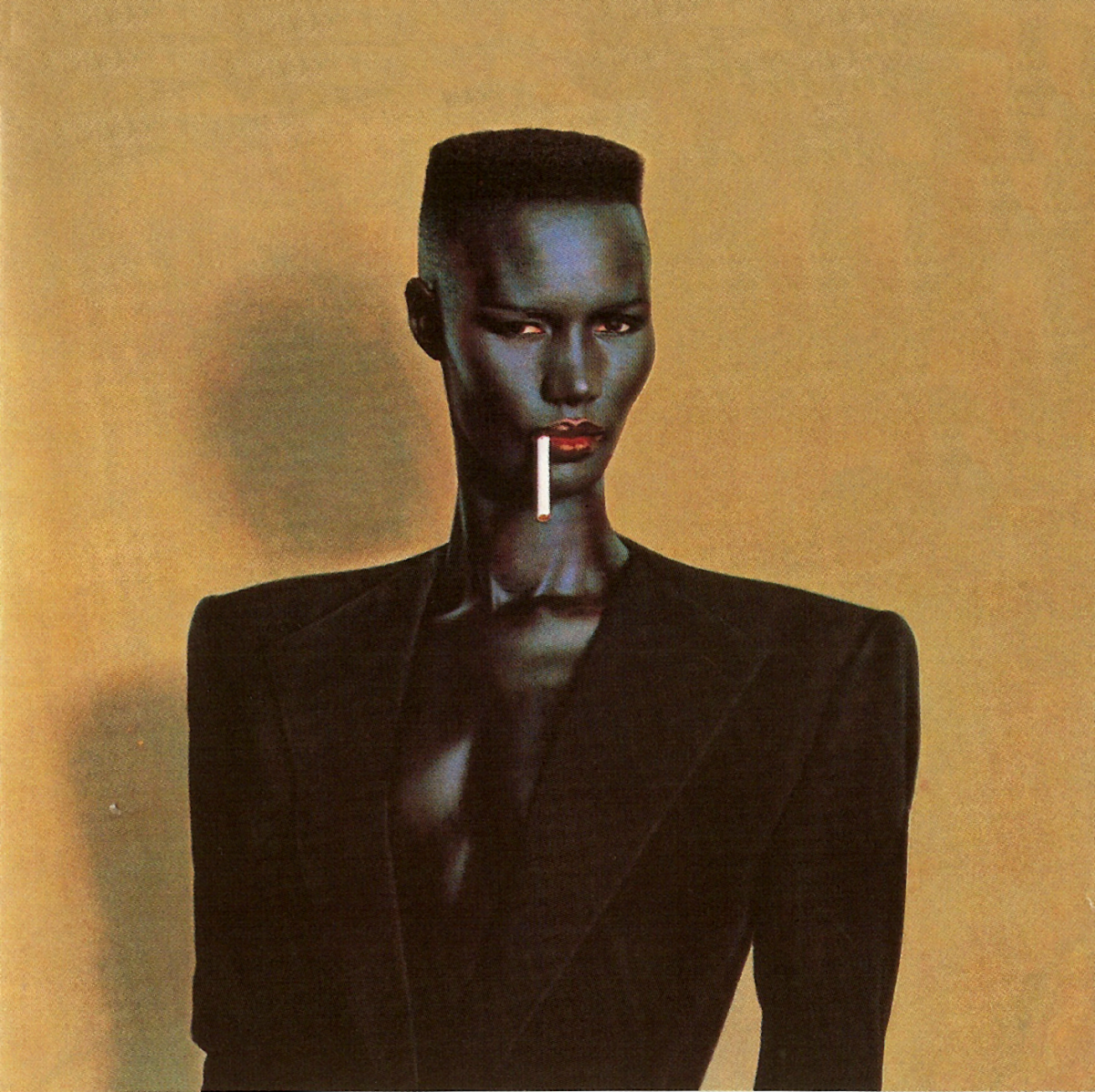How Gender is Influenced by the Media: Social Constructions of Gender in Advertising
The central landscape of gender has been significantly influenced by society and, more consequentially, the mass media and print journalism. To show the extent to which gender has been manufactured by advertising an in-depth look will be taken at how gender has become socially constructed and how the attitudes and behaviors towards gender have ultimately been not only influenced, but determined, by society.
The social conventions towards gender did not just come into being. They were created, manifested, for a reason. The very definition of successful advertising relies upon the idea that if a publisher can target something within their audience and get them hooked, get them to watch, to buy; then they had a viable resource and income on their hands. It is from this precept that publishers found a solution: the specific usage of gender in advertising with the intent of targeting a specific emotion within the viewer.
Now, the solution in advertising to use gender in a specific way has led to precise, and defined, gender roles for both men and women—that advertising has used to their exacting advantage. Indeed, “the main goal [in advertising] is usually power over another, either by the physical dominance or preferred status of men or what is seen as the exploitative power of female beauty and female sexuality…always with the essential aid of a product[1].” Men and women, as a rule, have a role in society that is well-defined. It is in fact so well-defined that the use of women in sexual advertising is now not only accepted, but expected. And, this gender role was not only created by advertising and the needs of their viewers—it was socially constructed.
As the gender roles of both men and women have been socially constructed, a look will now be taken at the influence of mass media and advertising on the gender roles themselves to define the true effect these precise roles have, beginning with the gender role of men. Indeed, there is an unmistakable sign that the gender roles have been contentiously formed by the publisher of mass media to best target their audience: to view a man is very different than to view a woman, despite the sex of the viewer. A man’s very presence is different from that of a woman—and that presence creates a significantly different reaction in the viewer. Moreover, “a man’s presence is dependent upon the promise of power which he embodies[2].” Berger is saying that a man is perceived in a certain way by his physical presence. Even further, “a man’s presence suggests what he is capable of doing to you or for you...the pretence is always towards a power which he exercises on others[3].” In essence, a man is a physical incorporation of power—everything about him emanates power (unless of course, he is of the weaker physical variety), and that presence is used in everything that a man does, from the connections he makes, to the life that he lives. And it is from this perception that a man gains his gender role within society.
However, a woman’s presence and socially constructed gender role within society is strikingly different than that of a man. A woman’s presence “is manifest in her gestures, voice, opinions, expressions, clothes, chosen surroundings, taste—indeed there is nothing she can do which does not contribute to her presence[4].” Much in the same way as a man, a woman’s presence is her whole being and effects the perception she has on society and, even, in advertising. Everything she does and everything she interacts with is defined by her presence. Moreover, everything that a woman is can be used in advertising, and with a different result than that of a man—and has been socially constructed for that very reason.
However, as more and more emphasis has been placed on the sexual nature of advertising and the gender roles that drive it—the female image has become so set in the mainstream that a naked woman (or the hint of a naked female) is expected. For years, “the naked and near naked female body became an object of mainstream consumption, first in Playboy and its imitators, then in movies, and only then in fashion photographs. With the male body the trajectory has been different. Fashion has taken the lead, the movies have followed[5].” For the first time, men modeled in underwear, or naked, and it was accepted in mainstream media and advertising. But men in the nude have not appeared in mainstream movies as they have in advertising, which says a lot about the way in which society views nude men versus nude women. Women have been naked in non-pornographic movies since movies have been around, but men have yet to appear in the same fashion for mainstream audiences. It is in this way that women have completely been socially constructed by their gender roles.
Furthermore, while the socially constructed gender roles were, for all intents and purposes, created by advertising, the main influence—and reason advertising chose this route—points back to society itself. As Ellen Lupton notes, “human personalities are shaped by social conditions, from ideals of family life and norms of gender behavior to the economic opportunities available to people based on their cultural identities. The self is, to some degree, a manufactured object, a social product[6].” Lupton is making the precise comment that even in the way that humanity behaves socially, gender issues arise. Women, because of these gender roles, have a unique position within society that cannot be reversed—and their very personalities have been shaped as a result.
However, it can be said that women have gained a certain power within society because of their socially constructed roles. Indeed, as Naomi Wolf writes, “women breached the power structure[7].” To be a powerful woman is to be a beautiful woman—and this is seen most easily in advertising. As found thus far, a woman’s presence has a certain effect both in advertising and within society itself. It is because of this that women are now in a unique position due to this gender role.
Overall, the central landscape of gender has been significantly influenced by society and, more consequentially, the mass media and print journalism. And, this social construction has been deliberately manufactured by advertisers and the media to transform the constructions of gender within a society and make gender roles something to sell product with. Further, these socially constructed gender roles have not only been influenced, but determined, by the attitudes and behaviors of society.
[1] Kilbourne, Jean. “Two Ways a Woman Can Get Hurt.” In Rereading America: Cultural Contexts for Critical Thinking and Writing, 5th Edition, ed. Gary Colombo, Robert Cullen, and Bonnie Lisle, New York: Bedford/St. Martin’s Press, 2001.
[2] Berger, John. “Ways of Seeing.” From the Television BBC Series. British Broadcasting Corporation and Penguin Books, 1972, 45.
[3] Berger 45-46.
[4] Berger 46.
[5] Bordo, Susan. “Beauty (Re)Discovers the Male Body.” In Beauty Matters, ed. Peg Zeglin Brand. Bloomington: Indiana University Press, 2000, 113.
[6] Lupton, Ellen. “Sex Objects.” In Beauty is Nowhere: Ethical Issues in Art and Design, ed. Richard Roth and Susan King Roth. Amsterdam: Gordon and Breach, 1998.
[7] Wolf, Naomi. “The Beauty Myth.” In Signs of Life in the USA: Readings on Popular Culture for Writers, 5th Edition, ed. Sonia Maasik and Jack Solomon. New York: Bedford/St. Martin’s Press, 2006.








